11 Ways to Save Your Planet

Photo: Thinkstock
A Mug of Your Own
Every year Americans throw away 25 billion polystyrene cups and 25 billion individual water bottles, most of which end up in landfills. Instead buy a reusable to-go mug and a bottle that you can refill with filtered tap water. Bring your own (to a coffee shop, a meeting), and you cut down on Styrofoam.
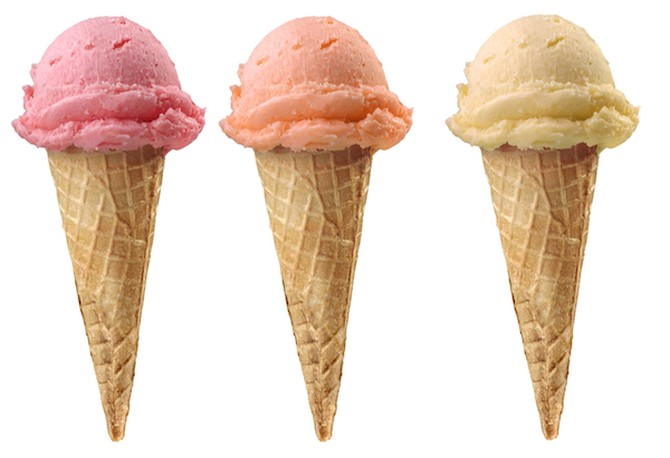
Photo: Thinkstock
Want a Lick?
A cone beats a cup. Why? "You're eating your silverware instead of using plastic," says Matthew Modine, a passionate promoter of earth-friendly policies. "It's all about consuming less, using fewer of the resources needed to make products and packaging."
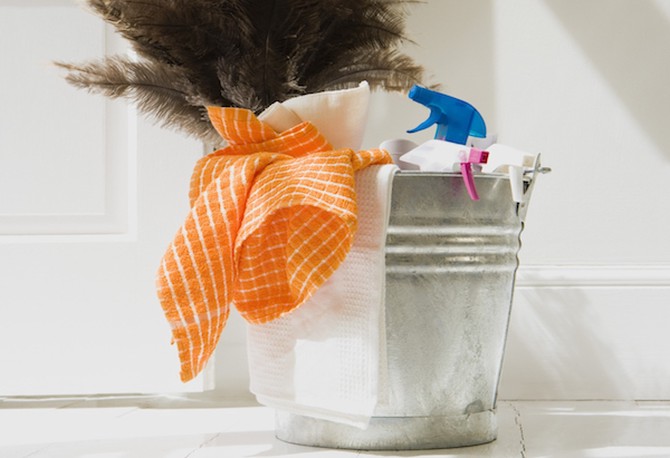
Photo: Thinkstock
Clean Without Chemicals
Natural cleansers like vinegar and baking soda do a great job without harming the planet. "And," Matthew says, "a little vegetable oil and lemon juice makes a great wood polish."
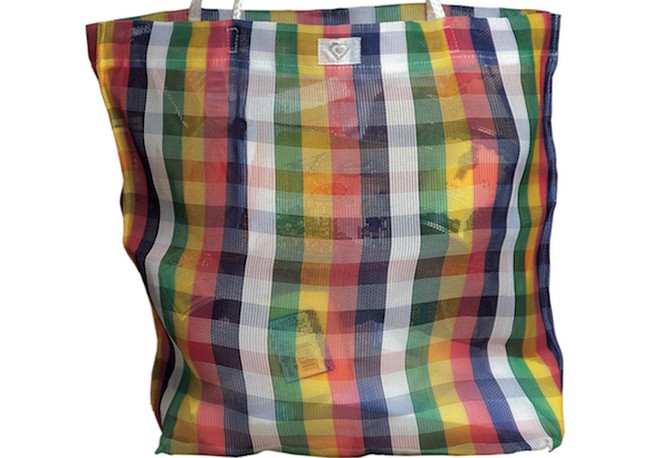
Photo: Thinkstock
Bag It
Get reusable cloth bags for the grocery store and the dry cleaner. More than 100 billion plastic bags are thrown away every year.
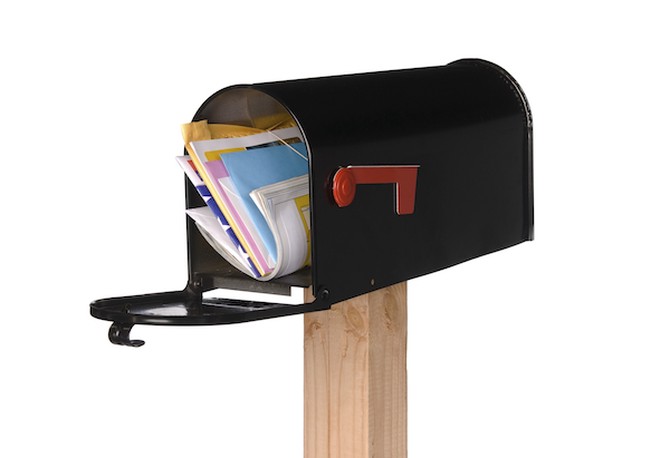
Photo: Thinkstock
Stop Junk Mail
Every year 100 million trees are chopped down for junk mail sent to American homes. Contact The Direct Marketing association at The-DMA.org to remove your name from mailing lists of their members.
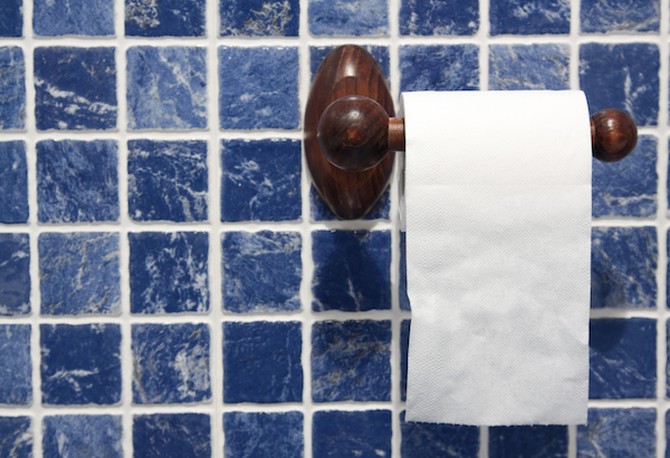
Photo: Thinkstock
A Better TP
Recycled toilet paper is scratchier than three-ply, but it's much softer on the environment. "It's like switching from whole milk to skim," says O writer Aimee Lee Ball. "After a while the beloved original seems over-the-top."
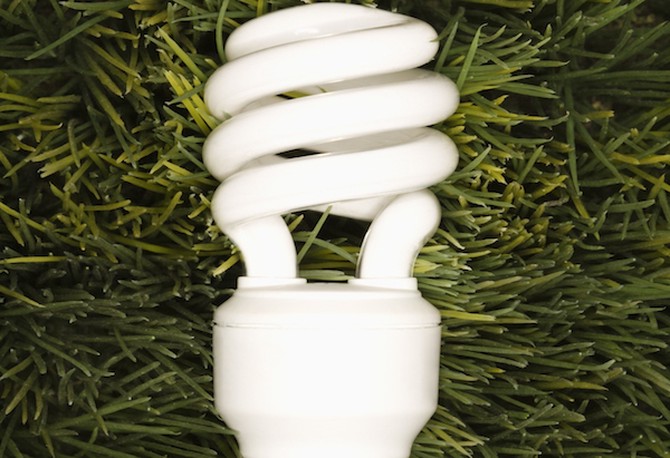
Photo: Thinkstock
How Many People Does It Take To...
Compact fluorescent bulbs (CFLs) use four times less energy than incandescent ones. If every American family substituted five CFL bulbs for incandescent, it would be equivalent to taking eight million cars off the road for a year. Ball says "They cost a little more up front, but they last up to 15 times longer."
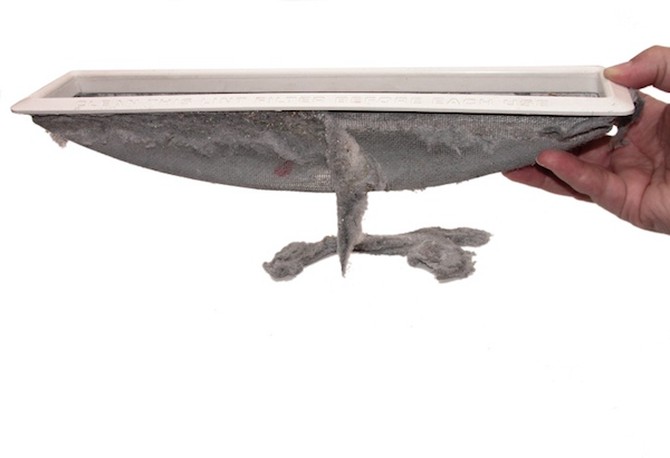
Photo: Thinkstock
De-lint the Dryer
Lint builds up after every dryer cycle, reducing the machine's efficiency. Removing it does a lot to decrease its usually massive energy use.
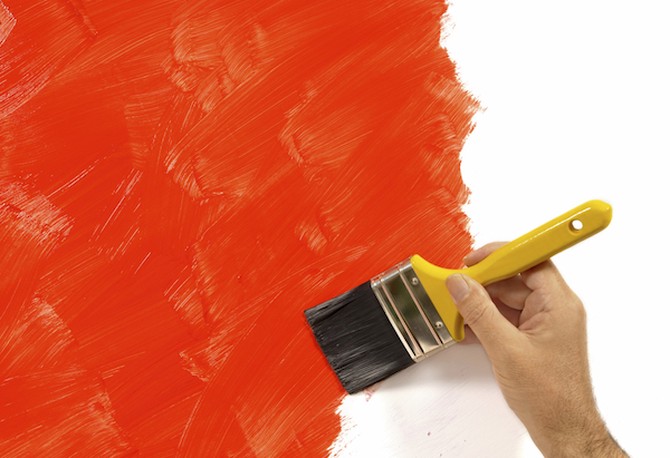
Photo: Thinkstock
Pick Safe Paints
According to the Environmental Protection Agency, architectural coatings such as paints and varnishes are the second-largest source of fumes from volatile organic compounds, substances that evaporate at room temperature and react in sunlight to form photochemical smog. Look for cans with "No VOC." We'll all breathe easier. (If you don't use the whole can, you can find out how to recycle the rest.)
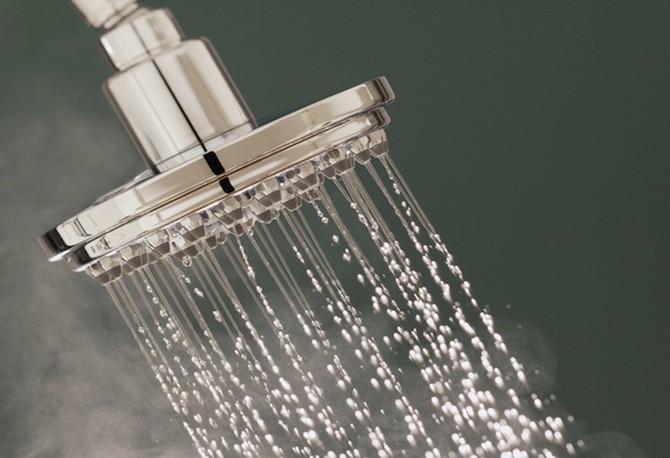
Photo: Thinkstock
Shorten Your Showers
Low-flow showerheads would be a big improvement. "If they're well designed, the pressure should still feel good," says Laurie David, another prominent activist in Hollywood. "For every two minutes you shave off your shower, you save 10 gallons of water."

Photo: Thinkstock
Shut Down
The average computer left on all day uses nearly 1,000 kilowatt hours of electricity a year, producing more than a ton of carbon emissions. So turn off your computer anytime you're not on it, and eliminate the screen saver function, which uses more energy than the sleep mode.
From the February 2008 issue of O, The Oprah Magazine

